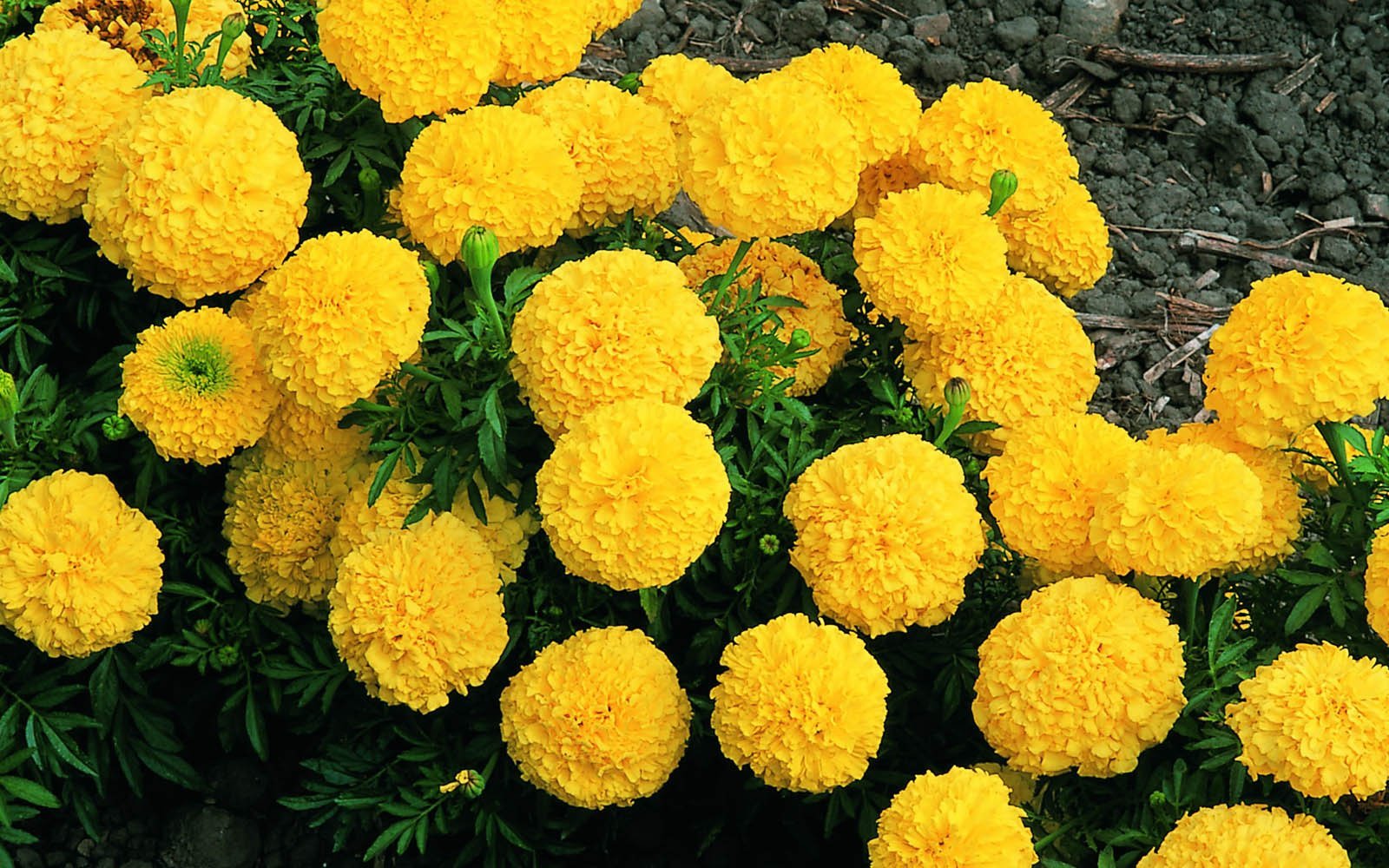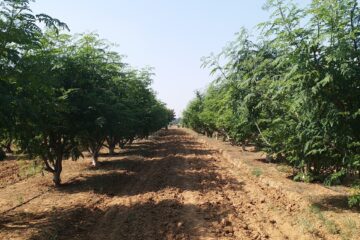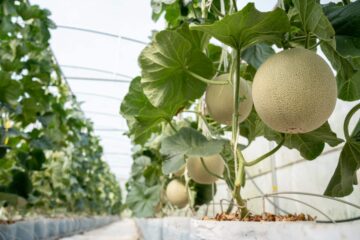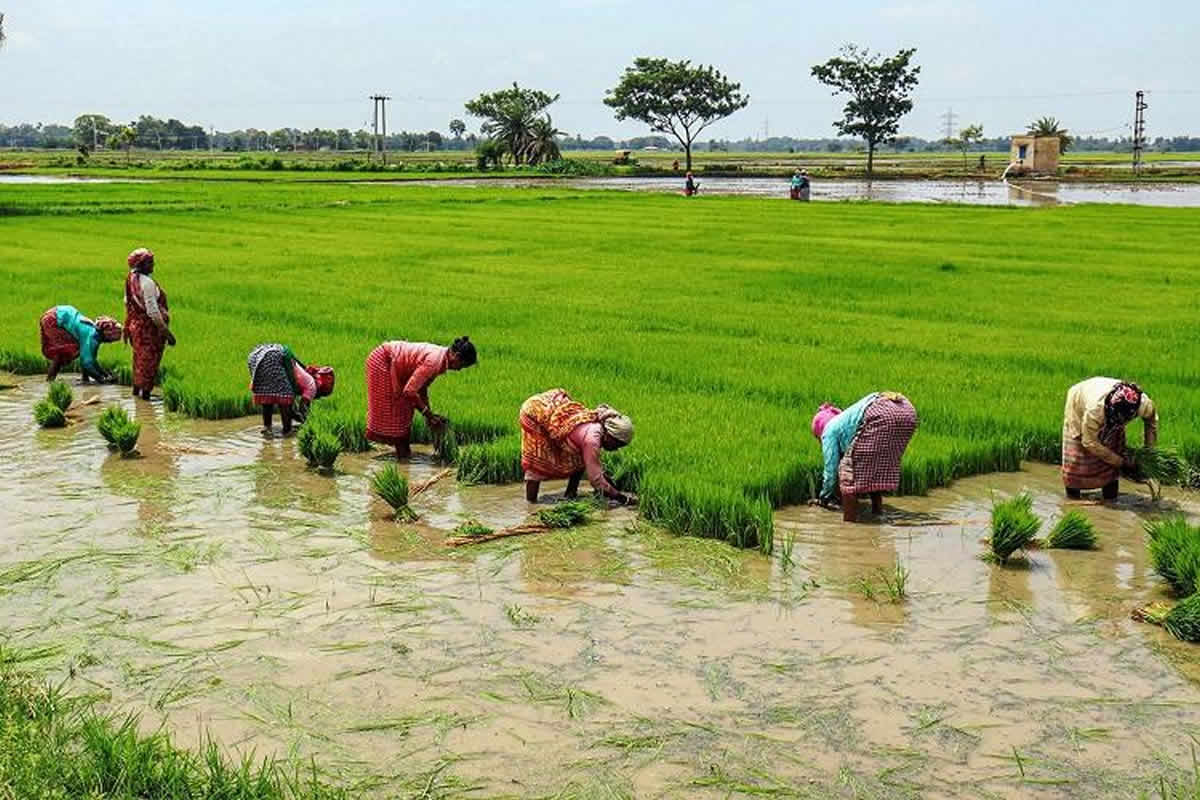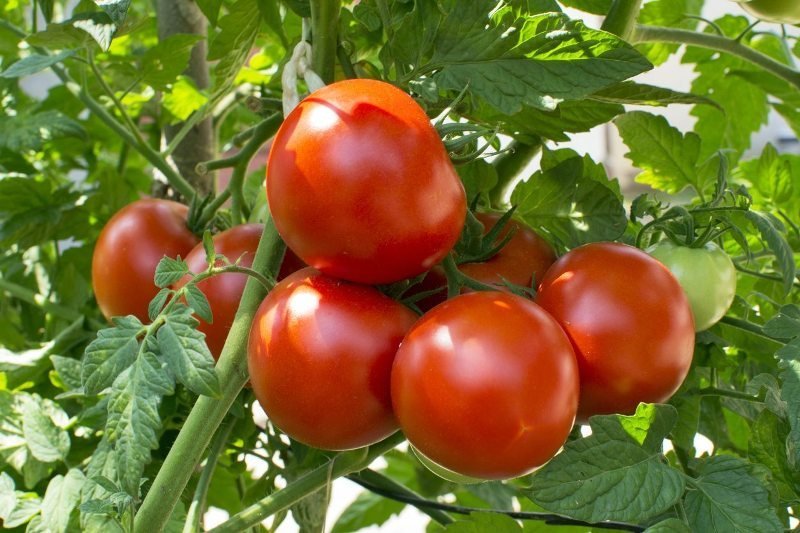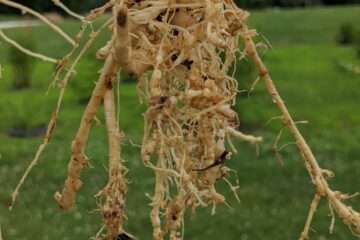Published in: May 2019
The marigold flower, native to Mexico, is increasingly cultivated in Tamil Nadu due to its short growth period, simple cultivation methods, adaptability to different climates, year-round blooming, and variety of colors and forms.
Benefits
Known by names like “Yellow Gold,” “Scentumalai,” and “Sevvanthi,” marigold flowers are widely used in festivals and religious ceremonies. Due to their longevity, they are also ideal for garlands. The compact French marigold, with its prolific flowering, is popular in rock gardens, hanging baskets, and window boxes, while the taller African marigold is ideal for garlands and landscaping around homes and offices.
Marigold leaves, when crushed and applied topically, help heal boils and wounds, while leaf juice is a remedy for headaches. The flower extract aids in treating piles, intestinal issues, and purifies the blood. Marigold oil is used in perfumery, and the pigment “xanthophyll” derived from marigold gives an attractive color to poultry products. The yellow marigold contains the beneficial chemical “quercetin.”
Marigold oil is effective as a mosquito repellent. Additionally, marigold plants help control nematodes naturally without chemicals. In tomato cultivation, marigolds planted every 16 rows attract pests like fruit borers, reducing crop damage.
Varieties
Marigolds are classified into tall varieties (up to 90 cm) and dwarf varieties (up to 30 cm). Tall marigolds, with large yellow or orange blooms, are grown commercially, while dwarf marigolds, which bloom densely in various colors, are used for ornamental purposes.
African marigold varieties include Giant African Orange Double, Giant African Yellow Double, Crackerjack, Climax, Golden Age, Chrysanthemum Charm, Crown of Gold, Star Gold, Primrose, Vista, and Madurai 1. In Tamil Nadu, popular varieties include Madurai 1, Local Yellow, and Local Orange. The Madurai 1 variety, released by the Madurai Agricultural College in 1986, produces up to 100 flowers per plant, yielding around 20 tons per hectare.
French marigold varieties include Red Borade, Rusty Red, Butterscotch, Valencia, Susanna, Gargamone, and Flame Spiro. Hybrid varieties of tall and dwarf marigolds, such as Red, Gold, and Nugget, are also popular.
Propagation
Marigolds are propagated by seeds and stem cuttings, with seed propagation being the most common method. For stem cuttings, segments of 6-10 cm can be dipped in 1,000-1,500 ppm IBA (a growth hormone) to ensure 90-95% root formation.
Soil
Marigolds grow well in all types of soil with depth, fertility, and drainage. Ideal soil pH is 6-7.5. Saline or alkaline soils are unsuitable for marigold cultivation.
Climate
Marigolds require moderate and stable temperatures, with the optimal range being 15-21°C. They can also be grown in hilly regions but are sensitive to high heat and extreme cold.
Growing Seasons
While marigolds can be cultivated year-round, three main seasons are optimal:
- Rainy season: Transplant seedlings at the end of June or early July; plant in the first two weeks of August.
- Winter season: Transplant mid-September and plant in mid-October.
- Early year season: Transplant in early January and plant in early February.
Seedbeds and Nursery Management
Prepare the seedbed with decomposed manure (10 kg per square meter) before planting. Set up 8-10 raised seedbeds of 3 m length and 1 m width to produce enough seedlings for one hectare. Plant seeds 15 cm apart in rows, cover with soil or sand, and water with a sprinkler. Treating seeds with Azospirillum enhances seedling growth.
Planting and Field Preparation
Plow the land thoroughly and add 30 tons of compost per hectare. For African marigolds, space rows 1.5 feet apart, while for French marigolds, space rows 20 cm apart. Plant marigolds in the evening for best results.
Watering
Water the plants on the third day after transplanting and subsequently as needed. Ensure adequate watering during the flowering stage to improve flower quality. Marigolds start blooming 55-60 days after planting. Water scarcity during this period can reduce yield.
Fertilization
Per hectare, apply 45:90:75 kg of nitrogen, phosphorus, and potassium, respectively, as basal nutrients, along with 100:560:120 kg of urea, superphosphate, and potash. Add 45 kg of nitrogen after 45 days, applying an additional 100 kg of urea to improve growth.
Applying 2 kg of Azospirillum per hectare can reduce nitrogen needs by 50% and increase yield.
Growth Regulators
Applying 250 ppm of the growth inhibitor “Ethrel” limits plant height and increases the number of flowering branches. Applying 1,000 ppm ascorbic acid 30 days after planting also enhances flower production. Spraying Cytokinin at 30 and 60 days promotes larger blooms.
Weeding
Weed control is essential to prevent yield loss. Remove weeds after 15 days and periodically thereafter. To promote branch development and increased flowering, pinch the plant tips 40 days after planting.
Pest and Disease Control
Common pests include spider mites, which suck sap from leaves and flowers, and various caterpillars and thrips that damage buds and blooms. Appropriate insecticides can be sprayed as per the recommended doses.
Diseases such as root rot, leaf spot, and powdery mildew can be controlled with appropriate fungicides and by maintaining good drainage.
Harvest
Flowers can be harvested weekly for up to 12 weeks, yielding around 18 tons per hectare for tall marigolds and 12 tons for dwarf varieties.
Seed Production
Since marigolds are cross-pollinated, maintain a distance of 1-1.5 km between different varieties. Seed production takes six months, with an optimal yield of 375 kg per hectare for tall marigolds and 1,250 kg for dwarf varieties.
Income
The cost of marigold cultivation per hectare is approximately ₹15,000. Selling flowers at a minimum price of ₹2.20 per kg yields a gross income of ₹39,600, resulting in a net income of ₹24,600 in six months.
For seed production, tall marigolds yield 375 kg per hectare. At ₹100 per kg, seed income can reach ₹3,75,000 per hectare, with a net income of ₹3,57,500 after deducting cultivation and processing costs.
Dr. A. Sangari, Agricultural University, Coimbatore; Dr. M. Anand, Horticulture Research Station, Yercaud; K. Kayalvizhi, Agricultural Engineering Research Station, Kumuzhur

